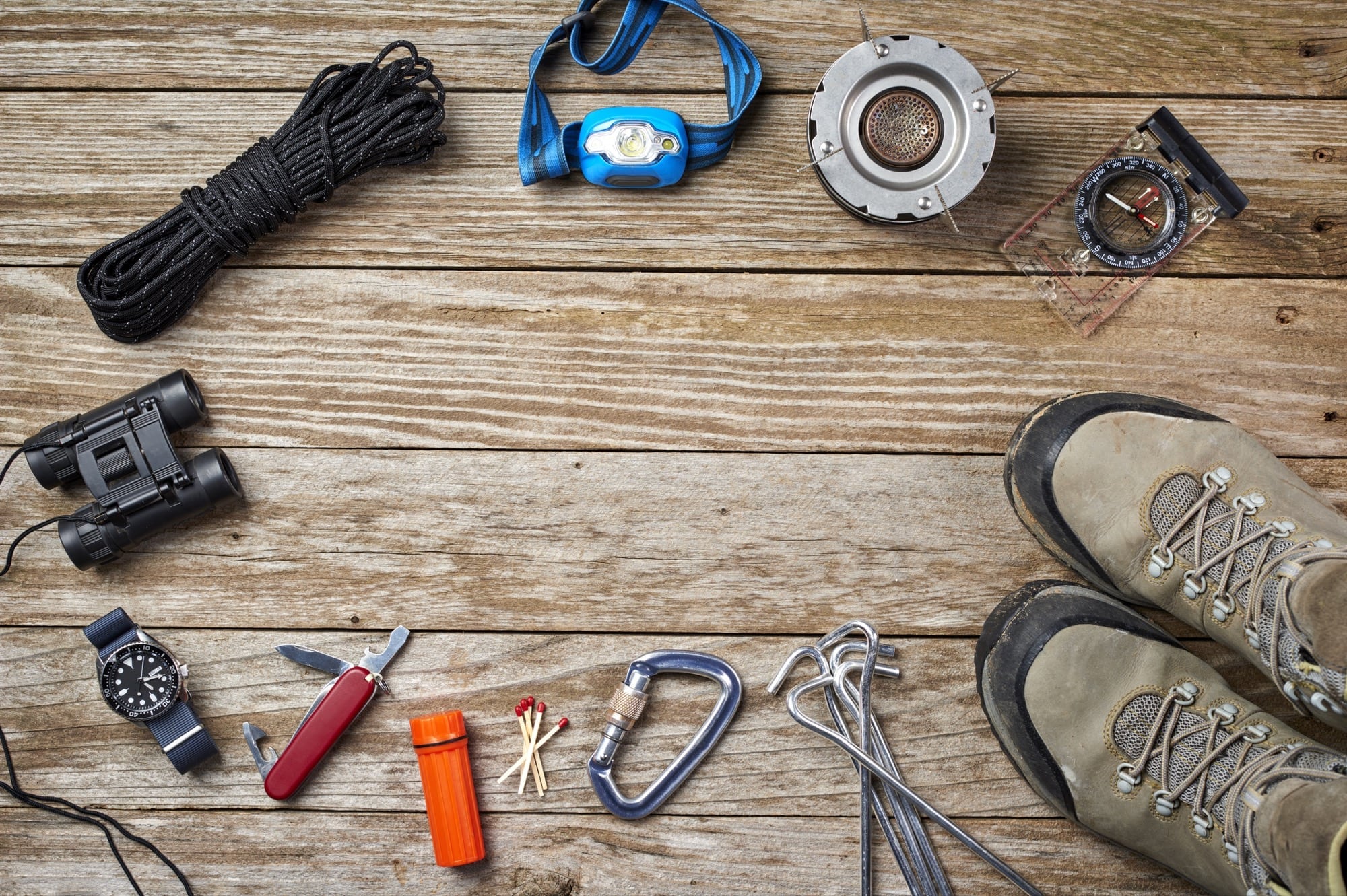 The Yosemite Half Dome hike is considered by many to be the most difficult day hike in the entire park. The trail is steep from beginning to end with altitude increasingly imposing its restrictions as one nears the zenith; towering nearly 5,000 feet over the Yosemite valley and 8,842 feet above sea level. The trail is also long, between 7 and 24 miles long, depending on the start point. A round trip hike is expected to take 9-15 hrs depending on ability and chosen route. Stunning panoramic views, enormous sweeping landscapes, 900 feet of waterfalls, and stunning wilderness are just a few of the rewards for those daring enough to overcome the obstacles.
The Yosemite Half Dome hike is considered by many to be the most difficult day hike in the entire park. The trail is steep from beginning to end with altitude increasingly imposing its restrictions as one nears the zenith; towering nearly 5,000 feet over the Yosemite valley and 8,842 feet above sea level. The trail is also long, between 7 and 24 miles long, depending on the start point. A round trip hike is expected to take 9-15 hrs depending on ability and chosen route. Stunning panoramic views, enormous sweeping landscapes, 900 feet of waterfalls, and stunning wilderness are just a few of the rewards for those daring enough to overcome the obstacles.
The cable section of the the Half Dome hike has become the most famous aspect of the trail. The cables have been used since 1919 to assist climbers in overcoming the last 400 feet of trail without needing rock climbing equipment. The cable section may also be the most infamous aspect of the trail. Testing hikers courage, and strength, it is often this section that separates the sight seers from the adventurers. Due to weather restrictions, the cables are only set up mid-May through mid-October. The earlier in the year you go, the more impressive the rivers, streams, and waterfalls will be. Access to the cables is restricted by permits, which are issued by a lottery system. The majority of the year’s permits are issued by March 31st, but about 50 more per day are issued throughout the summer.
 The only source of treated drinking water is less than a mile from the trail head, and Merced River water is available only to Yosemite Valley. If you plan on doing the complete trail, plan on bringing at least a gallon of water with you. Remember to plan for the temperature difference at the summit as it can be 15-20 degrees(F) cooler than the valley. Although the Half Dome hike can be challenging, an idea of what to expect combined with prior planning can help you reach those awe-inspiring rewards a little easier.
The only source of treated drinking water is less than a mile from the trail head, and Merced River water is available only to Yosemite Valley. If you plan on doing the complete trail, plan on bringing at least a gallon of water with you. Remember to plan for the temperature difference at the summit as it can be 15-20 degrees(F) cooler than the valley. Although the Half Dome hike can be challenging, an idea of what to expect combined with prior planning can help you reach those awe-inspiring rewards a little easier.




